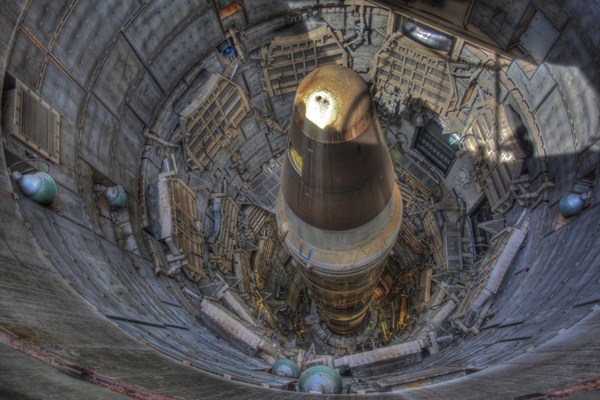Last week, I discussed why the Iran nuclear deal offers limited—if any—lessons for making progress on other regional nonproliferation issues. This week, I thought it would be valuable to assess the obstacles and opportunities that exist for making further global nonproliferation and arms control progress.
One reason for the failure of this spring’s Review Conference of the Nuclear Non-Proliferation Treaty (NPT) was the growing effort by some non-nuclear weapons states to highlight the humanitarian impact of nuclear weapons. This initiative seeks to mobilize support behind a Nuclear Weapons Convention that would mandate immediate nuclear disarmament. The existing nuclear weapons states have instead favored pursuing more concrete nonproliferation measures through a traditional step-by-step approach.
But after some encouraging signs in the early years of the Obama administration, including the New START nuclear arms reduction treaty between the U.S. and Russia, that approach has faltered in recent years. The Russian government has refused to cut its nuclear forces further due to exaggerated fears of U.S. missile defenses; it has ignored its pledge to respect Ukrainian sovereignty following Kiev’s decision in 1994 to join the NPT as a non-nuclear weapons state; and it has risked existing arms control agreements by violating some of them. Meanwhile, China’s nuclear arsenal is growing in terms of numbers, diversity and capabilities, and the United States is also spending billions of dollars to modernize its nuclear weapons infrastructure.

